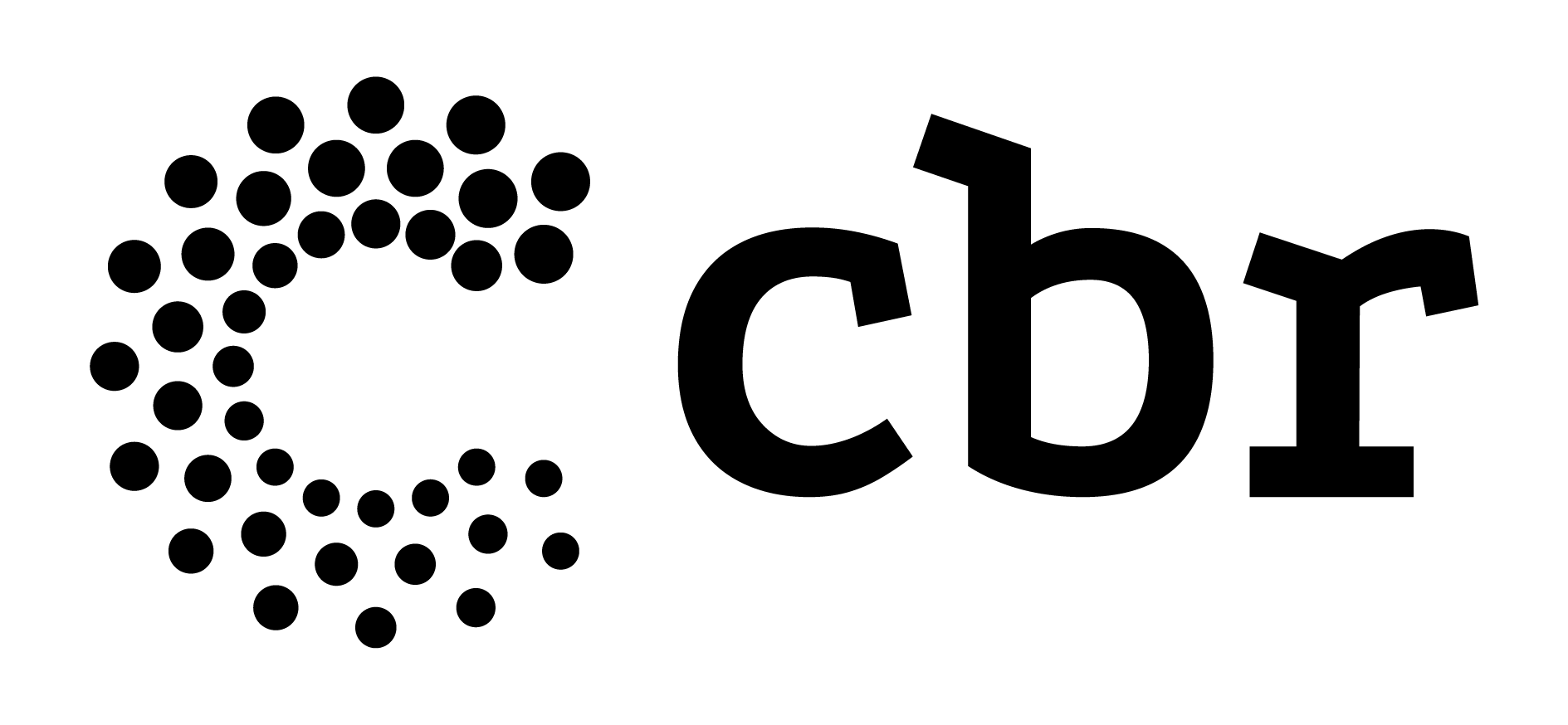Risk management in diagnostic imaging was the subject of a webinar promoted by the Accreditation Program in Diagnostic Imaging (PADI), on June 21st. The online meeting presented recommendations on Norma Padi and the importance of implementing risk management to avoid adverse events.
“It is very important to carry out a global management of all areas of the company. You reduce risks, consequently, bring security to your processes, bring strategic security, manage to obtain more profitability, more stability. Risk management is the key for you to have your processes working correctly”, highlighted Eduardo Pulido, biomedical imagenologist, specialist in NMR, technical manager of the Unitom clinic (PR), in the webinar (which can be watched in full below ).
Aline Ducatti, Padi lead auditor and consultant in executive management in health, projects and quality, presented the standards of Norm Padi – Version 5, which establishes the implementation of risk management and guidelines for its effectiveness: method definition, mapping, notification, monitoring, training, dissemination and standardization. “It is necessary to involve as many people as possible, circulators, employees, doctors, everyone who circulates within this institution needs to understand and work in this great process that is risk management. And on top of this monitoring, this survey, working on the standardization of these opportunities for improvement that are raised based on investigations, risk notifications.”
The auditor highlighted points related to risk management in diagnostic imaging in the five principles of Norm Padi: Governance and Administrative-Financial Management, Quality Management, Service Execution, Diagnostic Support Service and Infrastructure Management, Radiation and Safety. “Everyone needs to be trained. It is necessary to understand that your work has an impact on this issue of risk management in the institution. There will be criteria related to risk management throughout the Standard”, he said.
“So, if I'm working with the probability of something happening, I have to work on the issue of prevention, prioritize what we need to see as the most critical point and work on it with the teams”, explained the auditor Padi. She also highlighted the importance of adopting international safety protocols adapted to radiology.
Another point addressed was the importance of documenting all significant risks for the service, including strategic, care, financial, technical/operational and environmental risks.
Responsibility
Eduardo Pulido presented risk management measures in diagnostic imaging adopted by Unitom, in Cascavel (PR), accredited by Padi since 2019. With about 50 employees, the clinic has resonance, ultrasound and tomography equipment and has implemented a Management Policy of Risks and Patient Safety, monitored by a Center for Patient Safety and Risk Management in Radiology, with representatives from each critical sector of the institution: Administration, Nursing, Quality, Technical Team, Pharmacy, Governance, Medical Team, Technical Board and Radiological Supervision.
“The first step when we are going to manage risks is to define those responsible. These people have to work together so that risks are mitigated, correctly mapped, checked routinely. It's no use just mapping the risk, leaving it on paper, and on a daily basis I'm not observing the occurrence of this mapping, if risk management is working. All of this is very important and has to be linked to the people responsible for these observations,” explained Pulido.
The Center for Patient Safety and Risk Management in Radiology at the establishment meets at least once a month, with actions focused on monitoring, preventing, investigating and contingency risks related to patient safety and critical activities of the institution. The clinic has several safety protocols in place, related to items such as: hand hygiene, identification, fall prevention, medication, radiological protection, contrast extravasation, kidney protection and latex allergy, among others.
All actions follow guidelines determined by Padi, created by the Brazilian College of Radiology and Image Diagnosis (CBR) and recognized by the International Society for the Quality of Health Care (ISQua, in the translation of the acronym in Portuguese) since 2017. from Unitom stated in the webinar that: “[The Padi Accreditation] in fact, it brought quality to the processes, brought a considerable improvement in the entire clinical routine, felt mainly by the patients”.
Meet the Norm Padi and watch the webinar in full below:

Read too: CBR will hold the 1st Symposium on Quality and Management of Clinics during the Congress
Featured photo: Shutterstock




